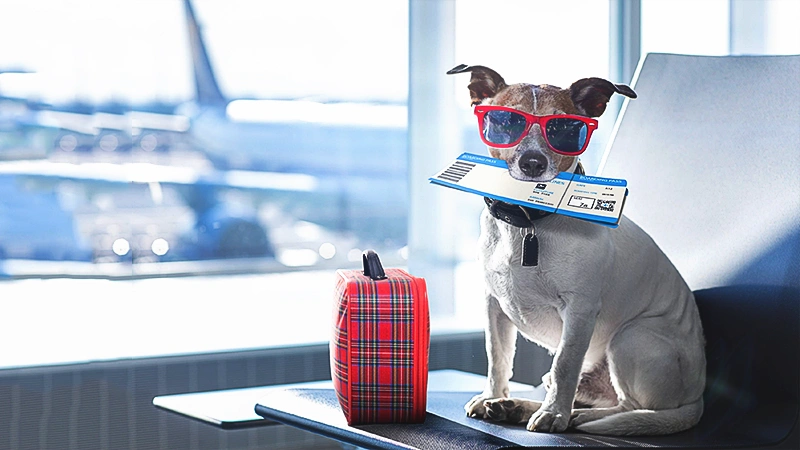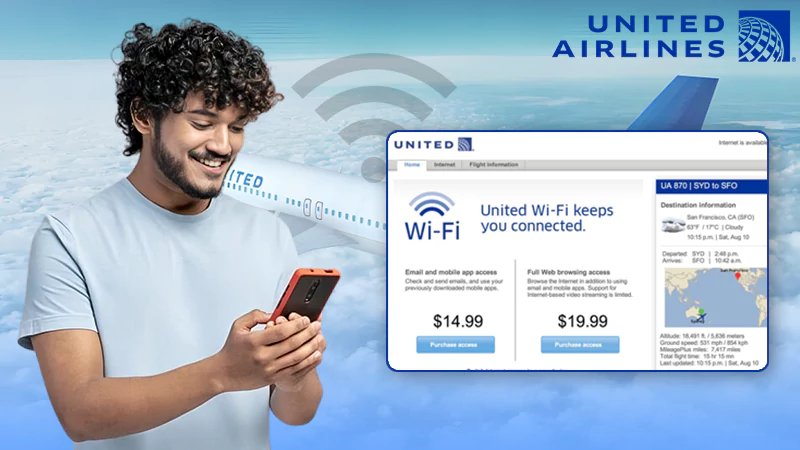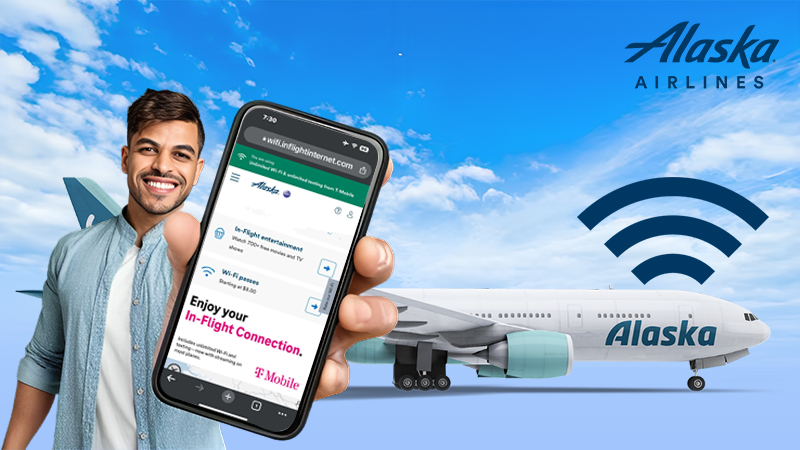
While dog owners who own a small breed dog can easily slip their furry friend into carry-on luggage and take them along in the cabin. Unfortunately, that is not true when you own a large breed dog. What happens if you own a large breed fur ball such as a Labrador retriever, Golden Retriever, or Saint Bernard? Large-size dogs are not allowed inside airlines’ cabins, and you can only travel with them by putting them inside a pet carrier which goes in the plane’s cargo section. This makes traveling with large-breed dogs a lot trickier.
Is it Safe for Large Breed Dogs to Fly?
Honestly, I’m uncomfortable flying my dog in the cargo section because you depend on the airlines for your dog’s safety. Also, you will not be able to see your dog throughout the flight, which will make you more and more anxious.
When your dog is young, letting them travel in the cargo section is still safe. But if you own a dog that is not in its best health condition, then it is better to avoid this travel. While you may wish to take your dog on vacation with you, you can always choose an alternative mode of transport. A road trip may take more time to reach the destination, but you can be sure your dog is safe throughout the journey.
The last resort is to leave the dog home with your extended family or dog sitter. Add a few safety layers in your house, such as a doggy door on the house’s main door, under bed blocker, long fences around the house, and a video camera so that you know your dog will be safe at home while you enjoy your vacations.
Planning airlines travel with a large breed dog is much more difficult than traveling with a smaller dog breed. As they will put away your dog in the cargo section of the flight, it will not just make the dog anxious, but you will also be anxious the entire time. Hence, here are a few tips to keep your dog safe throughout the flight travel.
1. Fly Direct:
Taking a direct flight means your dog will spend less time inside the cargo, which makes the dog less stressed. If, unfortunately, there are no direct flights to the destination, opt for two different flights with enough time difference between both flights so that your dog gets enough time to go to the bathroom to eat and de-stress. If your dog has never flown, it can be very stressful and uncomfortable for it to travel in the cargo. Hence, it is better to take short flights to make it as comfortable as possible. Or give your dog enough breaks in between the flights.
2. Get a High-Quality Travel Carrier for Large Dogs:
The travel carrier you choose for your dog is a very critical factor because your dog will be traveling in that for the entire journey. Most airline-friendly dog carriers are made of either welded metal or rigid plastic. There are plywood options also available. Though it is comfortable for your dog, they weigh more. The airline usually weighs the dog along with the carrier. Hence, it’s better to avoid a carrier made of plywood, as you will end up paying a lot more than you need to. Opt for a very good quality pet travel carrier made of metal or plastic.
The size of the pet travel carrier should be such that your dog can easily turn inside the carrier. If they cannot, then the crate is too small. The door of the carrier should securely close and lock. A few of these carriers come with keypads or key locks, which is not a bad idea, as they may prevent any foul play. Label the pet carrier with something that stands out, such as a red or green sticker; say it carries live animals. This informs the personnel loading or unloading the luggage that they should be extra careful with these carriers.
3. Implement Methods to Keep your Dog Calm While Flying in a Crate:
If this is the first time your dog travels in a crate, it may be really anxious during the entire trip, especially as they are loaded into the cargo, which is something they have never experienced. Your absence may also make them really stressed. Hence, you can consult your vet and ask to prescribe some sedatives that can simply calm the dog throughout the travel. You can also make use of sheets to cover the crate, which will darken the kennel and keep the large dog calm during transportation. A month or two prior to the travel, get the crate in which your dog will be traveling and let your dog use the crate every day so that it gets used to being inside without feeling stressed. This practice may help the dog a lot to be calm during the journey. Also, place a familiar blanket or a toy inside the crate while they are traveling to make them feel comfortable.
4. Flying with Service and Emotional Support Dogs:
If you travel with your emotional support dog or a large service dog, your dog will be allowed to fly with you in the cabin under the Americans with Disabilities Act. Traveling with your dog in the cabin takes away most of the stress, as you can keep an eye on the dog. But it is always better to be safe than sorry. Hence, contact the airlines prior to the travel to confirm if they allow service dogs to travel with you inside the cabin. They may need some documents or paperwork to complete the process. Get all the information to complete the process so that there is no glitch at the last moment.
5. Ensuring You Reunite with Your Dog
It is rare for airlines to lose pets, but it does happen, like losing important luggage when things are put in the wrong plane. Not finding your dog being returned to you can really cause panic leading you not to think straight. Unfortunately, if it happens to you, you need to remain calm. Your dog will probably be returned to you, and everything will be fine. Airlines are usually very efficient in tracking the baggage and returning it to you.
To make it easier for them, do not forget to add a tag with your name, phone number, and address, along with other important information on the dog’s crate. Add a tag with your name and contact details on their collar as well. You must also carry a picture of your dog with you so that you have something to show them if you are looking for the lost dog. Another thing you can do, which is the most effective, is add a GPS tracking collar to always know their locations.
The Bottom Line:
For pet owners, it becomes really stressful to travel with their dogs in flight when they must put them in the cargo along with the luggage. Honestly, airlines need to come up with a better travel strategy for pets in the coming years. At least the pets should be placed in an accessible area of the plane where the owners can go and check on them. Also, stay in touch with the cabin crew and request them to inform the pilot that your pet is in the cargo. Researching the different airlines to determine the reliable one that can be trusted with your pets is very important. This will give you peace of mind when traveling with your pet.












